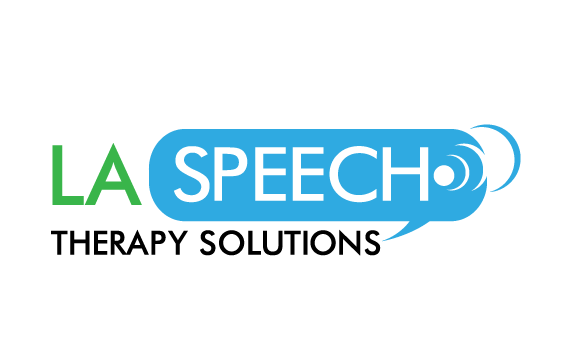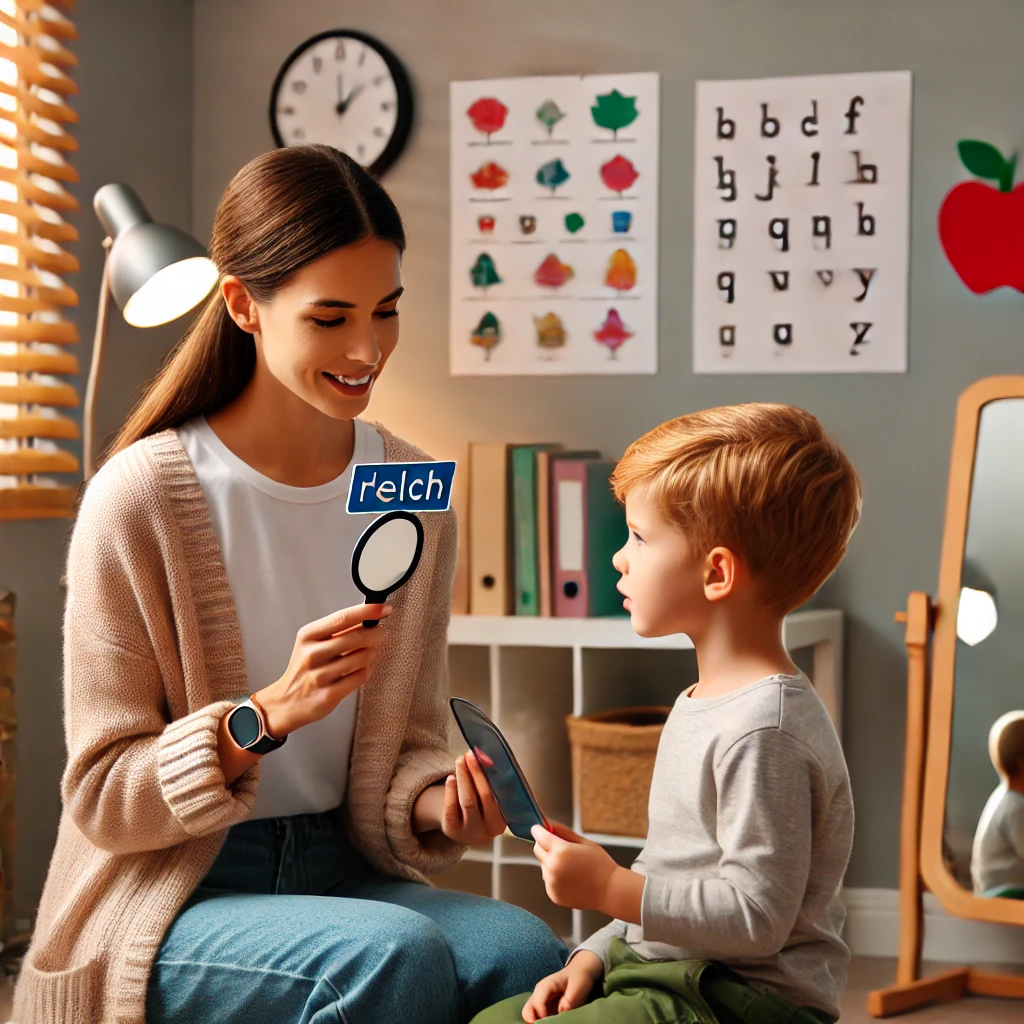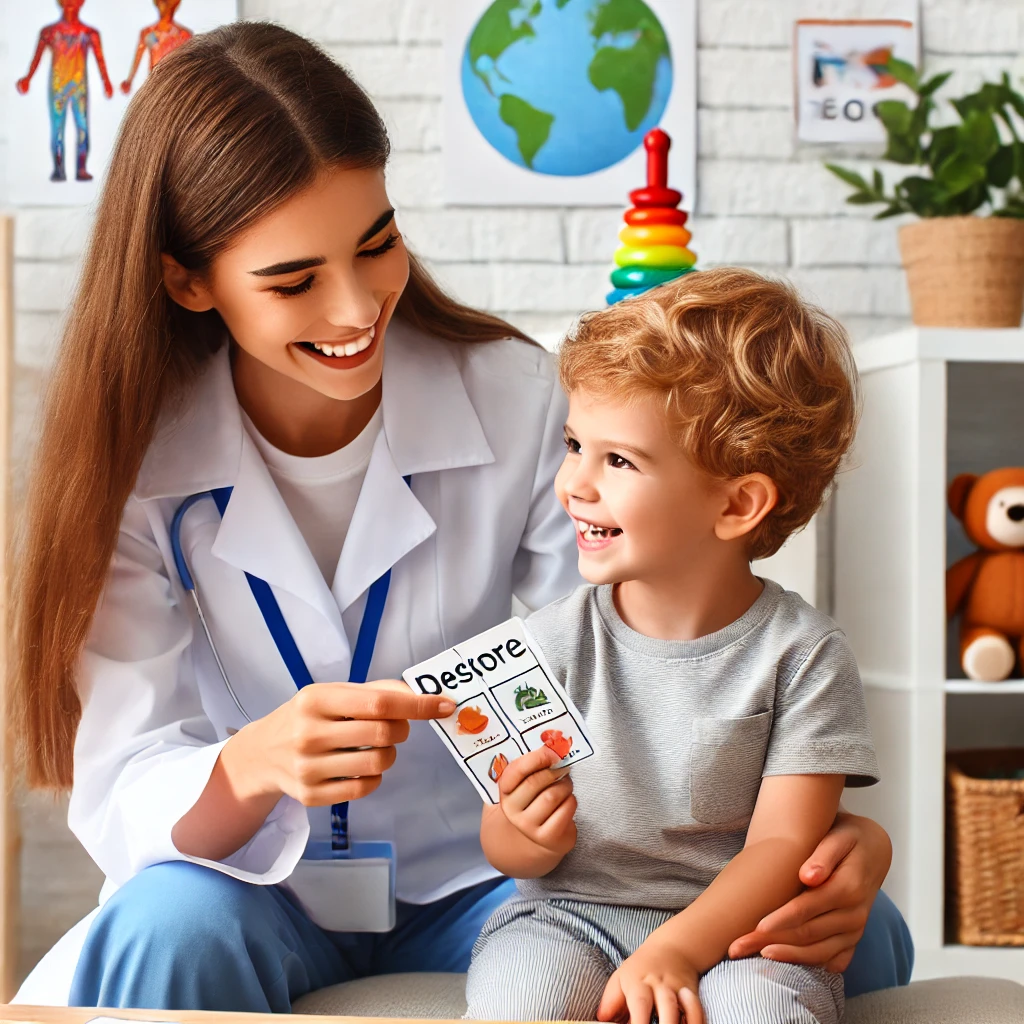
Gestalt Language Processing (GLP) is a unique approach to language acquisition that differs from the traditional linear progression seen in most language development models. Rooted in the concept of gestalt psychology, which emphasizes the human ability to perceive overall patterns and structures, GLP focuses on understanding and producing language in larger, meaningful chunks, rather than as isolated words or phrases. This method is particularly effective for individuals with specific language disorders or delays, as it mirrors the natural way some people intuitively learn and understand language. In this blog post, we’ll explore the key aspects of Gestalt Language Processing, how it works, and why it’s a valuable tool in speech therapy.
1. Understanding the Concept of Gestalt Language Processing
Gestalt Language Processing is grounded in the idea that some individuals, particularly children with language delays, naturally process language in chunks or “gestalts” rather than breaking it down into individual words. These chunks often consist of entire phrases or sentences that are memorized and used as a single unit. For example, a child might memorize and use a whole phrase like “What’s that?” without understanding or being able to produce the individual words “what” or “that” separately. Over time, these chunks can be broken down and analyzed, leading to a more flexible and comprehensive understanding of language.
2. Stages of Gestalt Language Development
There are generally four stages of Gestalt Language Processing that individuals typically progress through:
- Stage 1: Echolalia – At this stage, the individual repeats phrases or sentences verbatim from others or from media sources. These repeated chunks are used without much understanding of their meaning.
- Stage 2: Mitigated Gestalts – Here, the repeated phrases begin to be altered slightly to fit different contexts. For instance, a child might adapt “What’s that?” to “What’s this?” showing early signs of language flexibility.
- Stage 3: Single Words – As the individual gains more control over language, the large chunks begin to break down into single words or smaller phrases, which can be used independently.
- Stage 4: Spontaneous Language – At this final stage, the individual is able to produce spontaneous, original sentences using the smaller linguistic units they have learned.
3. The Role of Echolalia in GLP
Echolalia, often viewed as a behavior to be corrected, is actually a crucial component of Gestalt Language Processing. It serves as the foundation upon which more complex language skills are built. In GLP, echolalia is seen as the first stage of language acquisition, where individuals repeat what they hear as a way of learning and storing language chunks. Understanding this role can help speech therapists support language development more effectively, rather than discouraging echolalia.
4. Why GLP Is Effective for Certain Individuals
Gestalt Language Processing is particularly beneficial for individuals with autism spectrum disorder (ASD), Down syndrome, and other developmental delays. These individuals often struggle with traditional linear language development methods, which focus on building language from the ground up with single words. GLP offers a more intuitive and natural approach by aligning with how these individuals naturally process and understand language. It respects their unique learning style and leverages it to foster more effective communication skills.
5. Strategies for Supporting GLP in Therapy
Speech therapists can support Gestalt Language Processing through several strategies:
- Modeling Language Chunks – Therapists can provide models of language in chunks that are relevant and meaningful to the individual. These chunks should be functional and applicable in the individual’s daily life.
- Encouraging Contextual Use – Encouraging the use of learned chunks in various contexts can help the individual see the flexibility of language and begin to understand the meaning behind the phrases they use.
- Gradual Breakdown of Gestalts – Over time, therapists can work with individuals to break down these chunks into smaller units, allowing for more flexible language use and the ability to construct new sentences.
6. The Importance of a Tailored Approach
One of the key principles of GLP is that it requires a tailored approach for each individual. Since every person processes language differently, especially those with developmental delays, a one-size-fits-all method is ineffective. Speech therapists need to assess where an individual is in the stages of GLP and create a personalized plan that addresses their unique needs and learning style. This individualized approach ensures that therapy is both effective and empowering for the individual.
7. GLP and Long-Term Language Development
While GLP begins with memorized phrases and chunks, the long-term goal is to develop a fully functional, spontaneous language. As individuals progress through the stages, they gain the ability to use language more creatively and independently. The ultimate aim of GLP is not just to teach language but to equip individuals with the tools they need to communicate effectively and confidently in a variety of situations.
Gestalt Language Processing offers a powerful alternative to traditional language development methods, particularly for individuals who naturally process language in larger chunks. By understanding and supporting this unique approach, speech therapists can help these individuals unlock their full communicative potential, leading to more meaningful and effective interactions in their daily lives.
If you or someone you know could benefit from specialized speech therapy that embraces the Gestalt Language Processing approach, our expert team at LA Speech Therapy Solutions is here to help. We are dedicated to providing personalized, compassionate care tailored to each individual’s unique needs. Contact us today to learn more about how we can support your journey toward effective and confident communication.




